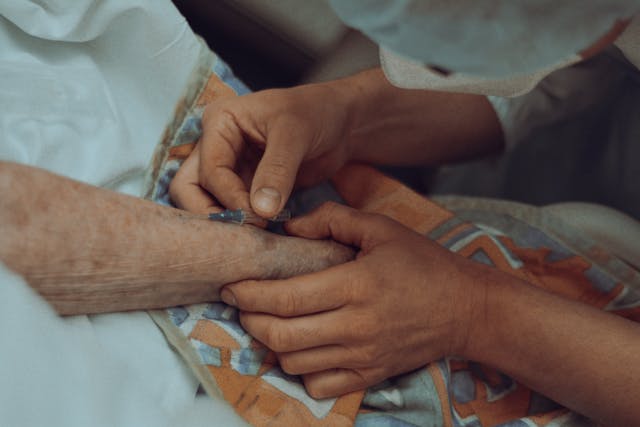The surge in the elderly population across the Western world, propelled by the ageing of the baby boomer generation, is a phenomenon that Norway, too, is experiencing. The country anticipates a significant rise in its elderly demographic, coinciding with a probable decline in healthcare professionals available to cater to their needs. Over the past two decades, Norway has seen an increase of 40,000 individuals in its population over the age of 80, while the cohort aged 67-79 has expanded by 37.9% in just the last decade. Over the coming 20 years, projections estimate an additional 250,000 Norwegians will surpass 80.
This looming ageing crisis has been on the horizon for years, yet Norway seems to need to catch up with adequate preparations. Recent studies have highlighted that older individuals residing in rural areas face higher mortality rates when they are released to municipalities that are already stretched thin. Those over 70 years old living in areas with populations under 10,000 are at particular risk.
The study encompassed over 350,000 elderly individuals and was led by Gudrun Maria Waaler Bjørnelv, an associate professor of Health Economics at the Norwegian University of Science and Technology (NTNU). Bjørnelv, alongside her colleagues from NTNU, St. Olavs Hospital, the Trondheim Municipal Authority, and SINTEF, investigated the emergency department admissions of Norwegians aged 70 and above from 2012 to 2016, amounting to around 350,000 people. These seniors accounted for nearly 900,000 emergency admissions during the study period, with the research team tracking their outcomes for 30 days post-admission.
The findings revealed that nursing and care services facing high pressure led to increased mortality among older adults under their care, particularly in smaller municipalities. A ‘small municipality’ was characterized by a population of less than 10,000, which, as per Statistics Norway, encompassed 70% of Norwegian municipalities in 2016, home to 17% of the population.
Contrary to previous assumptions that smaller municipalities could manage better due to fewer hospital discharges, the study found these areas more susceptible when the demand for nursing and care services exceeded their capacity. Bjørnelv highlighted the vulnerability of small municipalities to fluctuations in healthcare demand, emphasizing the urgent need to scrutinize municipal services.
The study’s methodology involved assessing the pressure on municipalities based on their capacity to accommodate patients discharged from hospitals. Municipalities unable to accept their discharged residents promptly or provide for their care are under pressure, indicated by the buildup of patients awaiting transfer from hospital care.
This research calls for an in-depth examination of municipal services to better understand the impact of such pressures. Questions arise about the feasibility of discharging patients directly to their homes, the potential benefits of extending hospital stays for the elderly from overburdened municipalities, and the best patient outcomes under these circumstances. Bjørnelv advocates for immediate action to delve deeper into the consequences of municipal pressures and find viable solutions for the well-being of the elderly population.
More information: Gudrun Bjørnelv et al, Mortality and subsequent healthcare use among older patients discharged to a municipality with excess demand for elderly care, Nordic Journal of Health Economics. DOI: 10.5617/njhe.10145
Journal information: Nordic Journal of Health Economics Provided by Norwegian University of Science and Technology








